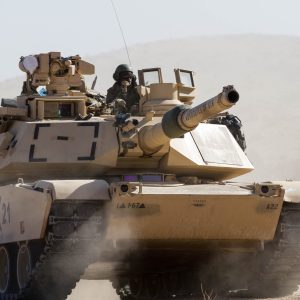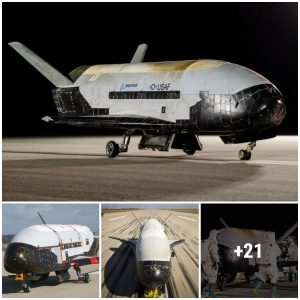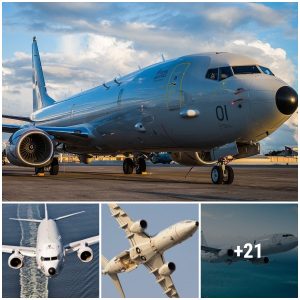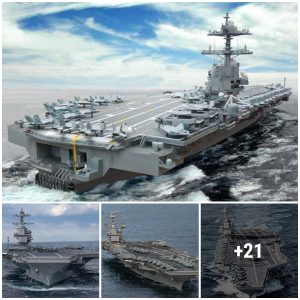The Lockheed F-117A Nighthawk was America’s first stealth attack aircraft and has experienced many ups and downs from its inception to its end.
The F-117 was widely publicized for its role in the Persian Gulf War of 1991. Although it was commonly referred to as the “Stealth Fighter”, it was strictly an attack aircraft. F-117s took part in the conflict in Yugoslavia, where one was shot down by a surface-to-air missile in 1999. The U.S. Air Force retired the F-117 in April 2008, primarily due to the fielding of the F-22 Raptor.

In order to be classified as a “fighter” aircraft and carry that F prefix, a plane usually needs to be designed specifically to be capable of engaging other aircraft in the battle space. The F-117, however, was built specifically for engaging ground targets under a shroud of secrecy.
The F-117 Nighthawk reached initial operating capability in 1983, meaning the platform was already flying some missions in the early 1980s. By 1988, the U.S. Air Force still hadn’t admitted that they had a stealth plane that could defeat enemy radar, opting instead to keep the advanced capabilities of the F-117 a secret. But secrets were hard to keep even in the era before smartphones, and whispers about the unusually shaped aircraft slowly but surely began to make their way to the public.
Accordingly, it looks futuristic, indeed while it may be semi-retired now, it looks like an aircraft that could be under development today. The F-117’s unusual appearance was designed to reduce the radar cross-section. In addition, the Nighthawk also uses a radar-absorbent coating to reduce the reflection of electromagnetic waves. The engine’s exhaust nozzle was specially designed to reduce infrared exposure. The F-117’s communication antenna was designed, compact and hidden inside. To ensure stealth, all of the F-117’s weapons were stored in the internal weapon bay. The plane did not design weapon hard points on the outside of the fuselage and wings. However, the F-117 was a stealth aircraft to the radar, not invisible to conventional optical equipment, so it was painted black and recommended to fight at night.
With a top speed of 1,100 km/h, the F-117 was slower than the larger bomber, the B-52. Its operating range was 1,720 km. Without aerial refueling, its ability to operate was very limited.

Weapon payload was only 2,300 kg, which was a very limited payload for a bomber. The F-117 could only carry 2 laser-guided bomb with 2,000 lb Mk84 fragmentation, or BLU-109 or BLU-116 Penetrator warhead. It could also carry GBU-31 JDAM guided munition or B61 nuclear bomb. In short, with a limited weapon payload, the F-117 was only suitable for tactical attack missions.
The F-117A was not equipped with radar, so it had to rely entirely on a thermal viewfinder to aim at its target, and also used GPS and inertial navigation. With stealth, the F-117A took advantage of darkness, secretly penetrates the enemy’s defense center, used precision-guided bombs, destroy important targets, paralyze enemy command and air defense systems, so that non-stealthy planes enter combat.
Lockheed then attempted to develop more flexible variants of the F-117. The F-117N was capable of taking off from aircraft carriers, with a more powerful F414 engine and twice the payload of weapons. F-117N was equipped with a new ground-attack radar with air-to-air capability. In that role the F-117N could carry AIM-120 AMRAAM air-to-air missiles. However, this variant was rejected by the US Navy because the aircraft’s speed was too slow. Another variant, the F-117B, was also unsuccessful and without orders.
The F-117’s have seen combat over the skies in Yugoslavia in the 1990s and during Operation Desert Storm against Iraq. Additionally, they have been used on combat missions in Panama and in the 2003 Invasion of Iraq. It has been partially retired and replaced by the first fifth-generation fighter aircraft, the stealthy F-22 Raptor air superiority fighter. Clearly, the F-117 Nighthawk was an impressive aircraft that began the era of stealth.





